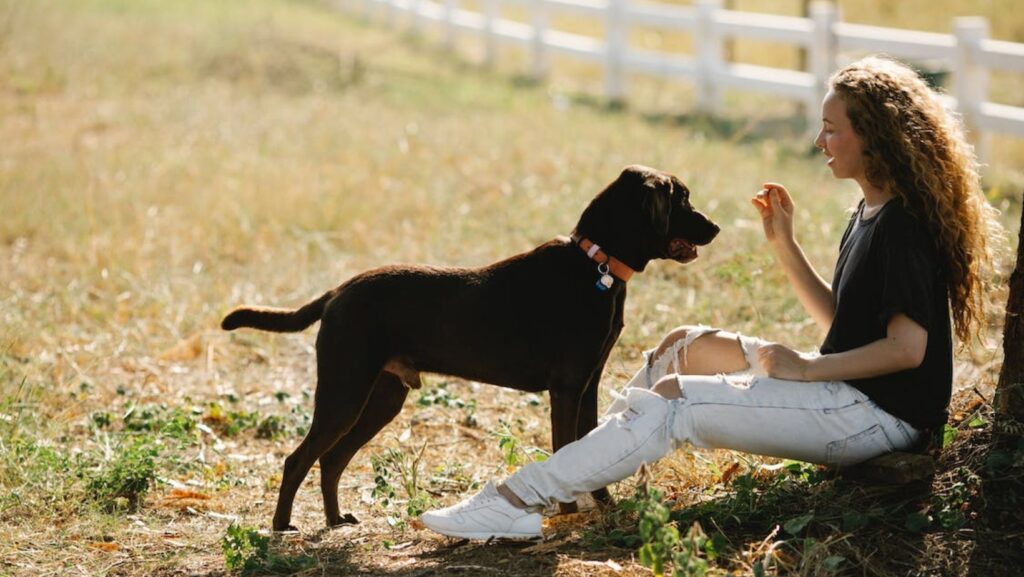When it comes to dog training, there are five golden rules every dog owner should follow. These rules not only help in building a strong and positive relationship with your dog but also ensure that your dog is well-behaved and happy.
Rule 1: Start Early
The first rule in dog training is to start early. Puppies are like sponges; they absorb information and experiences rapidly during their early months. It’s crucial to begin training as soon as you bring your new pup home.
You should always Focus on basic commands such as sit, stay, and come. Consistency is key during this stage, and using positive reinforcement techniques like treats and praise will encourage your puppy to learn and obey.
Rule 2: Be Patient and Consistent
Dog training requires patience and consistency. Dogs thrive on routines, so it’s essential to establish a consistent training schedule. Use the same commands and gestures consistently, and reward your dog when they respond correctly.
Understand that dogs may not grasp commands immediately, so remain patient and persistent. Avoid punishment-based training methods, as they can lead to fear and aggression.
Rule 3: Use Positive Reinforcement
Positive reinforcement is a cornerstone of effective dog training. Rewarding your dog for good behavior reinforces their understanding of what you expect. Treats, praise, and affection are powerful motivators. When your dog associates obeying your commands with positive outcomes, they are more likely to repeat the behavior. Remember to reward immediately after your dog follows a command to strengthen the connection between the action and the reward.
Rule 4: Socialize Your Dog
Socialization is a crucial aspect of dog training. Exposing your dog to various people, animals, and environments helps them become well-adjusted and confident. Start socialization early to prevent fear or aggression issues later in life. Controlled interactions with other dogs and people will teach your dog how to behave appropriately in different situations.
Rule 5: Seek Professional Help When Needed
While many dog owners can successfully train their dogs at home, there are instances where professional help is necessary. If your dog displays severe behavioral issues, such as aggression, anxiety, or excessive fear, consult a certified dog trainer or behaviorist. They have the expertise to address complex problems and tailor training methods to your dog’s specific needs.
Conclusion
In conclusion, following the five golden rules of dog training can help you build a strong and positive bond with your furry companion. Starting early, being patient and consistent, using positive reinforcement, socializing your dog, and seeking professional help when needed are the key principles to remember. Remember that every dog is unique, so be flexible in your approach and adapt your training methods to suit your dog’s personality and temperament.
FAQs (Frequently Asked Questions)
1. How long does it take to train a dog effectively?
The time it takes to train a dog varies depending on the breed, age, and individual temperament. Basic obedience training can take a few weeks to several months.
2. Is it possible to train an older dog, or is it too late?
It’s never too late to train an older dog, but it may require more time and patience. Older dogs can still learn new behaviors with consistent training.
3. Can I train my dog without using treats?
While treats are effective for positive reinforcement, you can also use praise and affection as rewards. The key is to make the reward meaningful to your dog.
4. What should I do if my dog shows aggression towards other dogs or people?
If your dog displays aggressive behavior, consult a professional dog trainer or behaviorist immediately. It’s crucial to address aggression issues promptly.
5. Are there any breeds that are harder to train than others?
Some breeds may be more stubborn or independent, making training a bit challenging. However, with patience and the right approach, almost any dog can be trained effectively.








